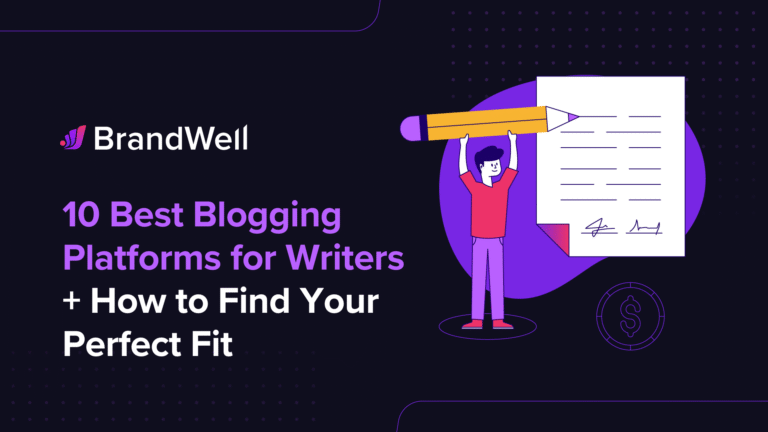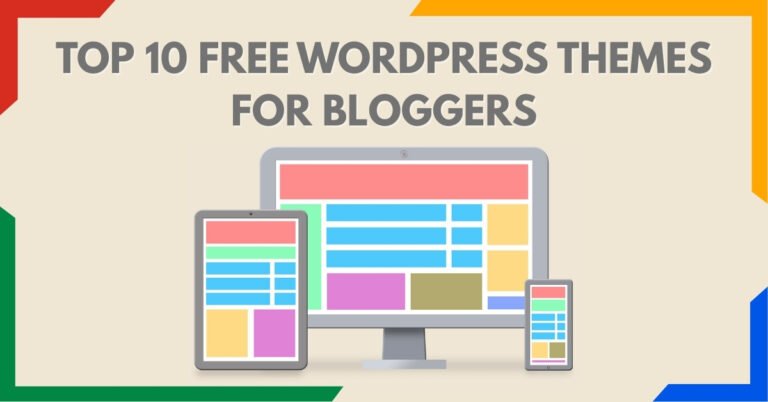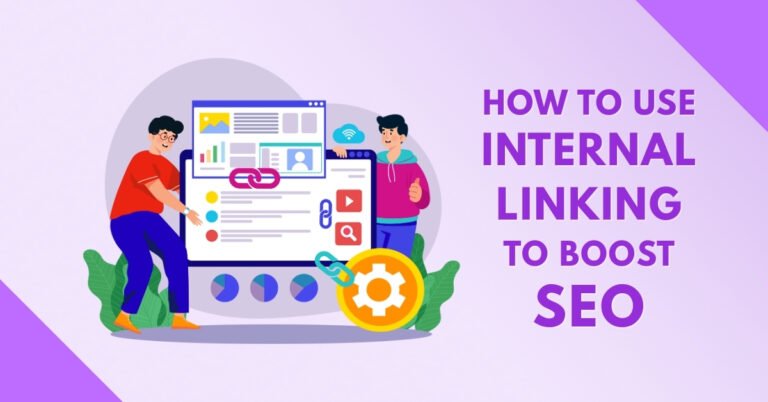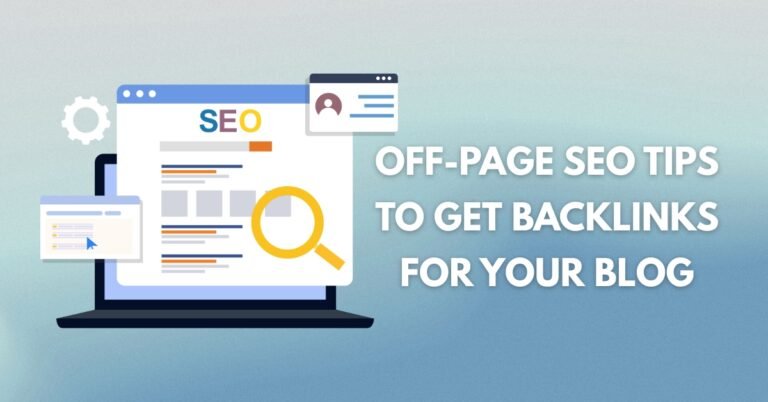Monetizing your blog is one of the most exciting parts of the blogging journey. For most beginners, Google AdSense is the first ad network that comes to mind. But is it the best? Platforms like Ezoic have made big claims—better earnings, faster load times, and smarter AI-based ad placement.
So, how do Google AdSense and Ezoic compare for new bloggers?
In this in-depth guide, we’ll explore every angle: setup, requirements, revenue potential, site speed, support, and more—so you can confidently choose the best monetization platform for your small blog.
Table of Contents
- Overview of Google AdSense and Ezoic
- Eligibility Requirements for New Bloggers
- Setup and Integration
- Ad Customization and User Experience
- Revenue Potential: AdSense vs Ezoic
- Site Speed & Core Web Vitals
- Support & Customer Service
- Pros and Cons of Each
- Final Verdict: Which Is Right for You?
- FAQs
Overview of Google AdSense and Ezoic
What Is Google AdSense?
Google AdSense is a simple, beginner-friendly ad platform that shows relevant ads on your site and pays you for impressions and clicks.
- Owned by Google
- Free to use
- Trusted by millions of bloggers
- Easy to integrate with Blogger, WordPress, etc.
What Is Ezoic?
Ezoic is an AI-based ad platform that partners with premium ad networks and uses machine learning to optimize ad placement for maximum revenue.
- Certified Google Publishing Partner
- Access to Google Ad Exchange
- Offers advanced analytics and layout testing
- Ideal for bloggers focused on growing ad revenue
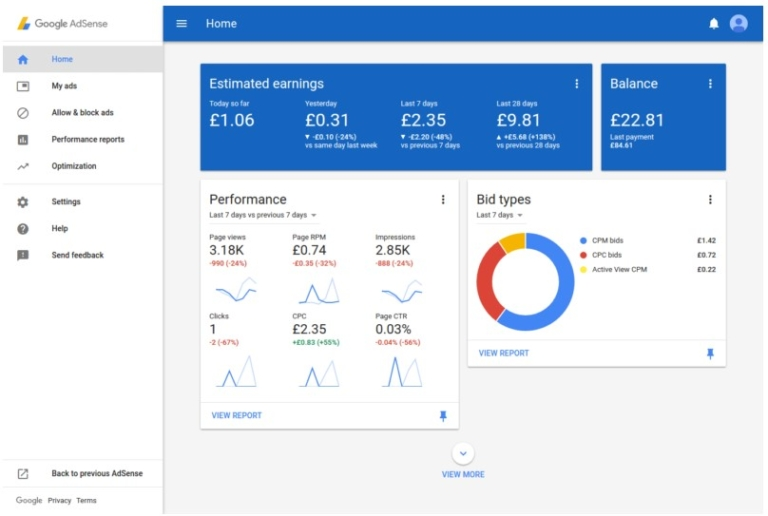
Eligibility Requirements for New Bloggers
Google AdSense
- Minimum content length and quality
- Domain must be at least 6 months old (in some regions)
- Decent traffic recommended (but not mandatory)
- Must comply with Google’s strict content policies
Ezoic
- Minimum 5000 sessions/month (recently removed, but approval is still case-by-case)
- Google AdSense account (initially required)
- Fast-loading site with original content
- Compliance with content and UX standards
Winner for Ease of Entry: Google AdSense
It’s easier to get started with AdSense if you’re just beginning and have limited traffic.
Setup and Integration
Setting Up Google AdSense
- Add AdSense code to your site header
- Google reviews your site (can take days to weeks)
- Once approved, you can place ads manually or use Auto Ads
Setting Up Ezoic
- Requires DNS-level integration or WordPress plugin
- Must verify AdSense account
- Ezoic’s setup wizard helps guide the process
- Includes Site Speed Accelerator, Ad Tester, and analytics
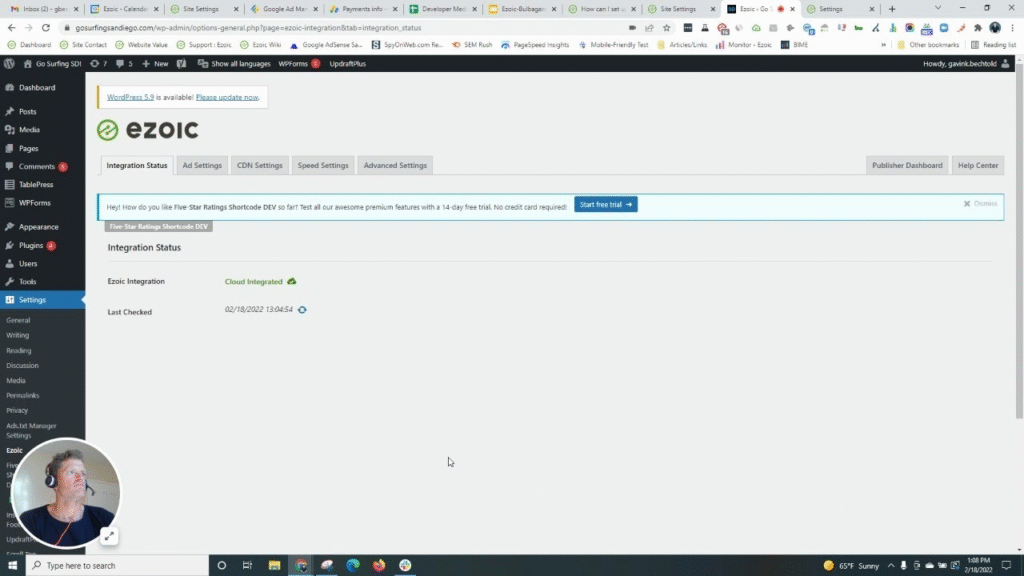
Ad Customization and User Experience
AdSense Ad Customization
- Limited control with Auto Ads
- Manual placements offer more control but need effort
- Minimal reporting on user experience
Ezoic Ad Customization
- AI tests multiple ad layouts per user session
- You can set ad density, placeholders, and user restrictions
- Better reporting on UX (bounce rate, time on page)
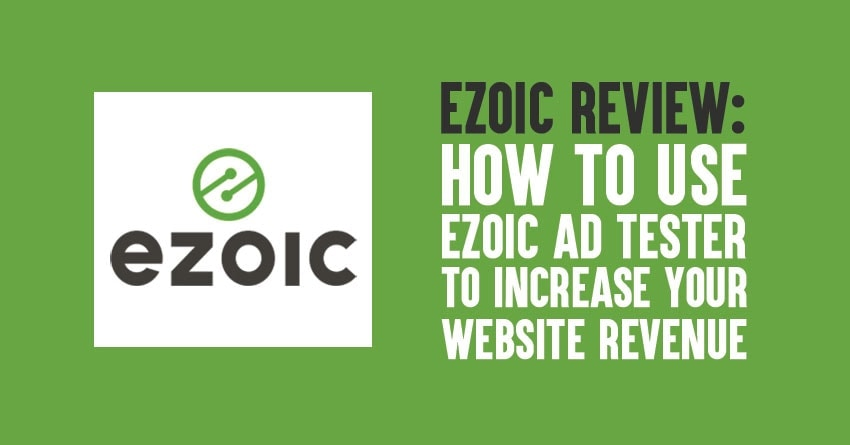
Winner: Ezoic
Ezoic’s AI makes smart layout decisions to increase revenue without hurting UX.
Revenue Potential: AdSense vs Ezoic
Google AdSense Earnings
- CPM: $1 to $3 for most niches
- CPC-based earnings (clicks)
- Limited access to premium advertisers
Ezoic Earnings
- Access to premium Google Ad Exchange
- CPM can range from $3 to $15+
- Smart bidding and AI optimization improve RPM over time
- Option to test layout for higher earnings
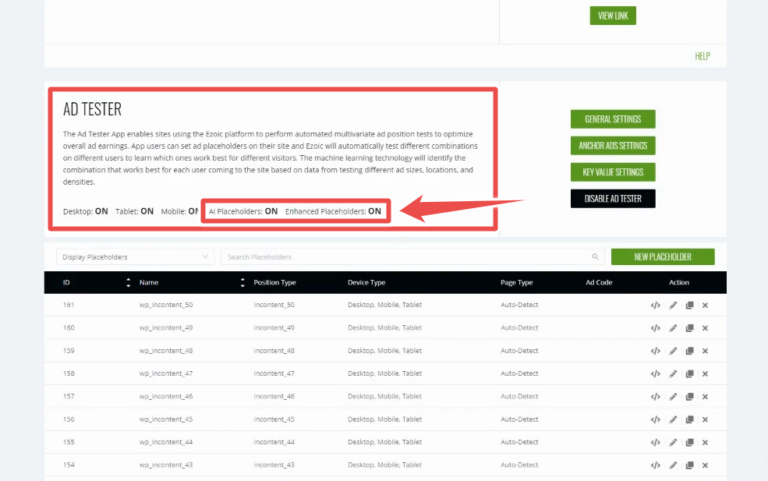
Real Example: Many bloggers report up to 200–300% increase in revenue after switching from AdSense to Ezoic.
Site Speed & Core Web Vitals
Google AdSense
- Slight impact on site speed, especially with Auto Ads
- Limited optimization features
Ezoic
- Historically criticized for speed issues
- Now includes “Leap” — a site speed accelerator
- Core Web Vitals monitoring and improvement tools included
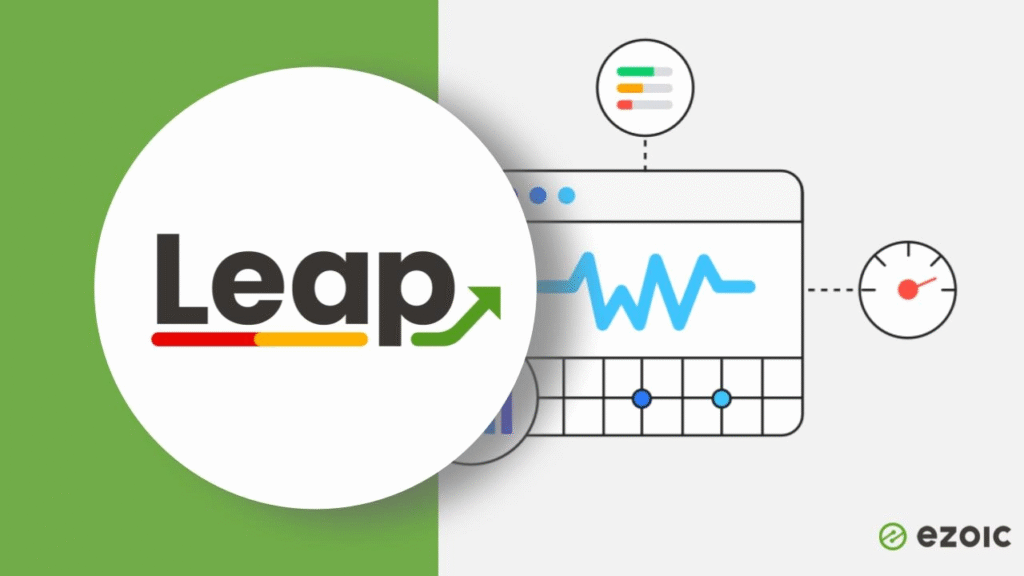
Support & Customer Service
Google AdSense
- Minimal support for small bloggers
- Limited to forums and help center
Ezoic
- Offers live chat (after approval)
- Email support and access to onboarding reps
- Detailed help docs and YouTube tutorials
Pros and Cons of Each Platform
✅ Google AdSense Pros:
- Easy to join
- Simple interface
- Works with low-traffic blogs
- No need to change DNS
❌ Google AdSense Cons:
- Low earnings potential
- Limited control over ad layout
- Poor support
✅ Ezoic Pros:
- Higher revenue potential
- Smart AI-based testing
- Access to Google Ad Exchange
- Better analytics and layout control
❌ Ezoic Cons:
- Steeper learning curve
- Needs some traffic to join
- DNS-level setup may intimidate beginners
Final Verdict: Which Is Better for Monetizing a Small Blog?
| Feature | Google AdSense | Ezoic |
|---|---|---|
| Traffic Requirement | Low | Moderate |
| Earnings | Low | High |
| Ease of Setup | Simple | Complex |
| Customization | Basic | Advanced |
| Speed Optimization | None | Included |
| Support | Minimal | Active |
Our Suggestion:
- If you’re just starting out with low traffic: Start with Google AdSense.
- Once you hit 5,000+ sessions/month: Switch to Ezoic for better revenue, analytics, and ad control.
FAQ: Google AdSense vs Ezoic for Bloggers
While previously required, Ezoic now allows publishers without AdSense to apply directly to Ezoic’s ad partners.
Not necessarily. With Ezoic Leap, many users actually improve Core Web Vitals and site speed.
Final Thoughts
Monetizing your blog can feel overwhelming at first, but it doesn’t have to be. Whether you choose AdSense to start or Ezoic to scale, the key is to build quality content and grow your traffic steadily. The tools are just a multiplier.
Still stuck? Ask yourself: Do I want easy setup and OK revenue? Or am I ready to level up and earn more?
Either way, the journey to monetization starts with the first ad.

